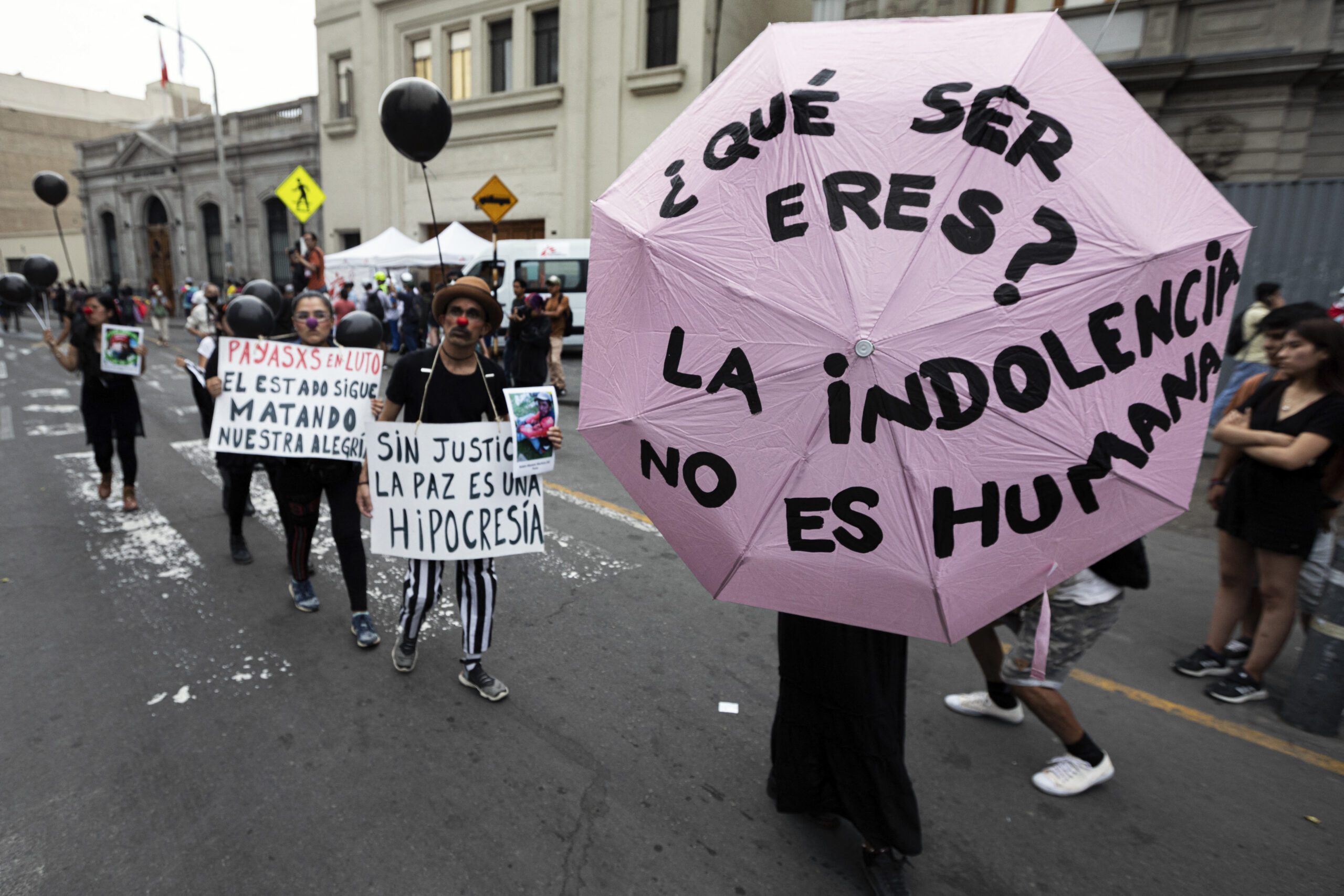International
Peru Congress to resume debate on bringing elections forward
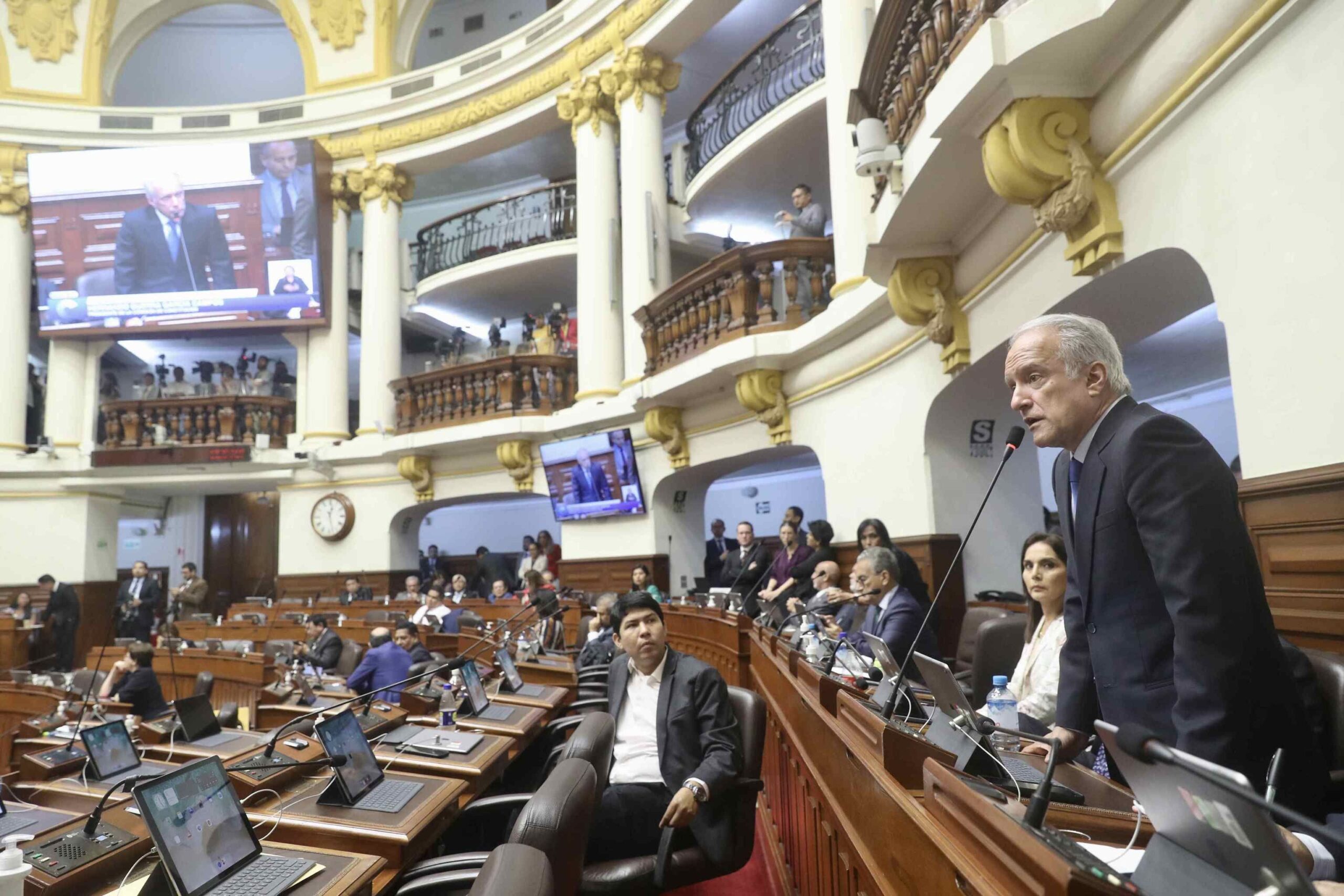
January 31 | By AFP | Carlos Mandujano |
Peru’s Congress will resume debate Tuesday on a bill to bring forward elections, a move aimed at ending weeks of protests that have left dozens dead and brought parts of the country to a standstill.
On Monday, lawmakers failed to reach an agreement on the bill after seven hours of discussions, and proceedings will resume at 11:00 am on Tuesday (1600 GMT), according to the legislature.
“We are sure that there will be a way out. All the democratic blocs are going to debate it taking into account the high sense of urgency,” said Prime Minister Alberto Otarola on Monday.
The South American country has been embroiled in a political crisis with near-daily street protests since December 7, when then-president Pedro Castillo was arrested after attempting to dissolve Congress and rule by decree.
In seven weeks of demonstrations, 48 people — including one police officer — have been killed in clashes between security forces and protesters, according to the Ombudsman’s Office.
The unrest is being propelled mainly by poor, rural Indigenous people from southern Peru who had identified Castillo as one of their own who would fight to end poverty, racism and inequality.
Dozens of roadblocks have been set up by protesters, causing a shortage of food and fuel in some southern areas as they demand that Castillo’s replacement, President Dina Boluarte, step down.
Trade unions and other bodies have called for another major demonstration against Boluarte in Lima on Tuesday.
Bringing elections forward
Last month, lawmakers moved elections due in 2026 to April 2024, but as protests showed no sign of abating, Boluarte has called to hold them this year, which Congress rejected late Friday.
“Vote for Peru, for the country, by moving the elections up to 2023,” the president said in an address to the nation on Sunday.
Lawmakers “have a chance to win the country’s trust,” she said.
In last week’s vote on moving elections to October, there were 65 votes against and just 45 in favor, with two abstentions.
If reconvened lawmakers again refuse to advance elections, Boluarte has said she will propose a constitutional reform allowing a first voting round to be held in October and a runoff in December.
Protesters are demanding immediate elections, the dissolution of Congress and a new constitution.
In the Lima suburb of Huaycan, hundreds of people marched on Monday chanting: “No more deaths, Dina quit now.”
Dozens of soldiers headed to Ica, about 250 kilometers (155 miles) south of the capital, to support police in clearing roadblocks on the vital Panamericana Sur highway that connects major cities.
Weeks of roadblocks have caused shortages of food, fuel and other basic supplies countrywide.
First death in Lima
According to a survey by the Institute of Peruvian Studies, 73 percent of citizens want elections this year.
Monday’s congressional sitting coincided with a wake for Victor Santisteban, 55, a demonstrator who died Saturday after receiving blunt force trauma to the head, according to a medical report.
Santisteban’s death was the first recorded in Lima since the protests started.
According to the human rights ombudsman’s office, Saturday’s protest in the capital saw at least seven people hospitalized after police used tear gas on demonstrators hurling stones and cement pieces.
Geronimo Lopez, leader of the General Confederation of Peruvian Workers, said protesters would “not cease their struggle” until Boluarte steps down, and called for a national march Tuesday.
Boluarte, who as Castillo’s vice president was constitutionally mandated to replace him, has insisted that “nobody has any interest in clinging to power.”
Apart from those who have died in protests, 10 civilians — including two babies — died when they were unable to get medical treatment or medicine due to roadblocks, according to the ombudsman’s office.
The protest movement has affected Peru’s vital tourism industry, forcing the closure of the world-renowned Machu Picchu Inca citadel ruins.
In the district of Poroy, about 15 kilometers from Cusco, about 300 people queued Monday to buy a gas bottle for domestic use.
“There are people here queuing since 3.00 am… I have not had any gas for two weeks,” 33-year-old housewife Gabriela Alvarez told AFP.
“We have had to go back in time to cook with firewood and charcoal which hurts the lungs,” she said.
Peru’s Las Bambas copper mine — responsible for about two percent of global metal supply — said Monday it would have to halt production starting Wednesday unless the roadblocks were lifted.
Chinese owner MMG said in a statement that “after transportation interruptions that affected both entry and exit traffic, (the company) has been forced to start a progressive slowdown of its Las Bambas operation due to a shortage of critical supplies.”
International
Trump moves to reclassify marijuana as less dangerous substance
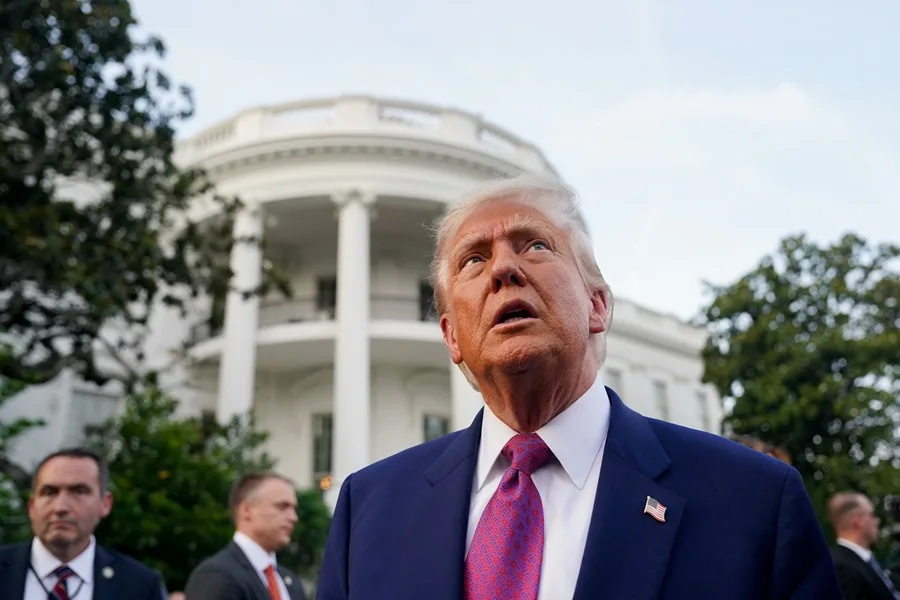
Former U.S. President Donald Trump signed an executive order on Thursday to reclassify marijuana as a less dangerous addictive substance, a move aimed at encouraging medical research without immediately opening the door to federal-level decriminalization.
Trump said that “people were begging” him to make the decision, particularly individuals suffering from chronic pain. He stressed, however, that the measure “is not at all a decriminalization” of marijuana for non-medical use.
“I’ve always told my children: don’t use drugs, don’t drink, don’t smoke,” Trump added. He is a well-known teetotaler.
A senior government official described the decision as “common sense” during a briefing with reporters, noting that marijuana and CBD-based products — a compound derived from cannabis known for its relaxing properties — are already widely used in the United States by patients dealing with chronic pain.
Most U.S. states currently allow the use of cannabis for medical purposes, and more than 20 states, along with the nation’s capital, Washington, D.C., have also legalized recreational use.
International
Shakira’s El Salvador concerts sell out in hours, fans demand more dates

The sell-out of all three announced Shakira concerts in El Salvador in less than 24 hours has sparked a collective call for additional dates, highlighting an overwhelming demand that transcends borders and positions the country as a cultural hub in Central America.
Ticket sales for Shakira’s Central American residency confirmed the artist’s massive impact across the region. The three shows scheduled for February 12, 14, and 15 in El Salvador sold out in under 24 hours, triggering an immediate public response from fans who were unable to secure tickets and are now urging promoters to open new dates, according to an official statement from promoters Two Shows and Fenix Entertainment.
Even before ticket sales officially opened, thousands of people joined virtual queues that exceeded the usual capacity of the country’s ticketing platforms. Despite logging in early and waiting for hours, many users were unable to complete their purchases and were ultimately left without tickets, Two Shows reported.
The unprecedented demand was widely documented through screenshots, testimonials, and social media posts, showing slow-moving waiting lists, ticketing websites overwhelmed by traffic, and purchase processes that failed to go through despite users following all required steps within the designated timeframes.
According to the organizers, demand to see Shakira perform in El Salvador remains strong even after the sell-out. Meanwhile, hotels have reported booking inquiries beyond the announced concert dates, pointing to a larger-than-expected tourism influx tied to the event.
International
Rubio rules out 2028 presidential bid if Vance runs
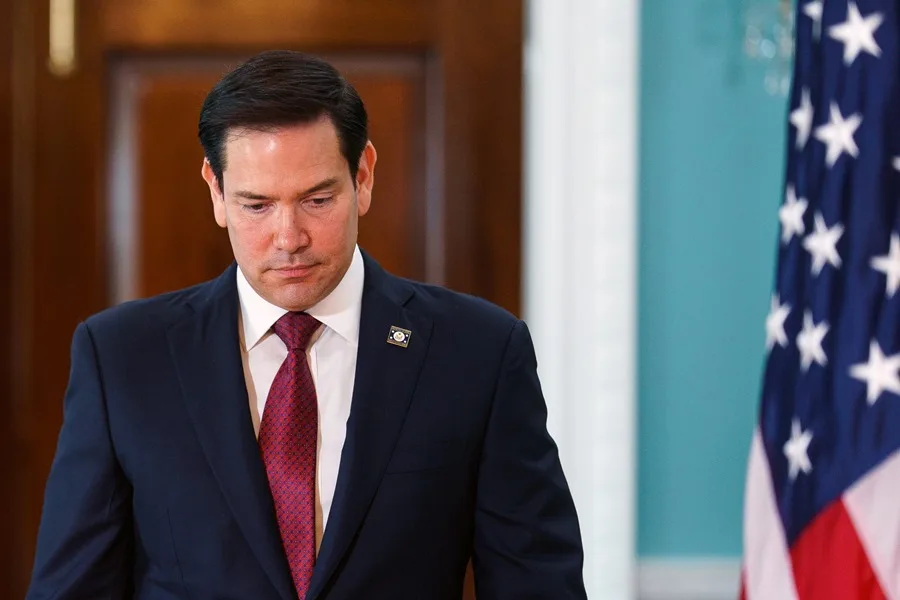
U.S. Secretary of State Marco Rubio said he would not seek the presidency in 2028 if current Vice President JD Vancedecides to run as the Republican nominee to succeed President Donald Trump.
“If JD Vance runs for president, he will be our candidate, and I will be one of the first people to support him,” Rubio said in an interview with Vanity Fair, in which he appeared alongside other senior members of the presidential cabinet.
Rubio, 54, and Vance, 41, are widely viewed as two of the leading Republican figures who could headline the party’s ticket in the 2028 election. Under the U.S. Constitution, Trump is barred from seeking another term after completing two presidential mandates.
In a lighthearted moment during the interview, Vance jokingly offered photographers $1,000 if they managed to make him look better than Rubio in the photos. Both leaders have received public backing from Trump, who last October floated the idea of a joint ticket featuring Rubio and Vance, without clarifying who would lead it.
“I think that if they ever teamed up, they would be unstoppable. I don’t think anyone would run against us,” Trump said at the time.
White House Chief of Staff Susie Wiles, who also took part in the interview, confirmed that Trump does not intend to violate the 22nd Amendment, which prohibits a third presidential term, though she acknowledged that the president is “having fun” with speculation about a possible return to office.
Rubio, the son of Cuban immigrants, served as a Republican senator from 2010 to 2025. He sought the party’s presidential nomination in 2016 but was defeated by Trump after a bruising primary contest. His name was floated as a potential vice presidential pick in 2024, but Vance ultimately secured the spot. After taking office, Trump appointed Rubio as secretary of state, making him the first Latino to hold the position.
-

 Central America5 days ago
Central America5 days agoPanama seizes over three tons of drugs hidden in Caribbean port container
-

 International4 days ago
International4 days agoPolice investigate deaths of Rob Reiner and wife as apparent homicide
-

 Central America4 days ago
Central America4 days agoOAS urges swift recount in Honduras as election results remain uncertain
-
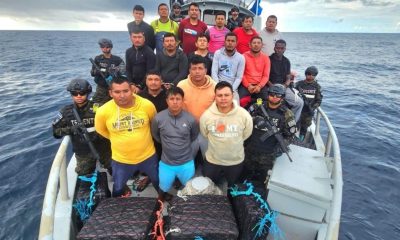
 Central America3 days ago
Central America3 days agoEl Salvador ranks among top countries in the Americas in fight against organized crime
-
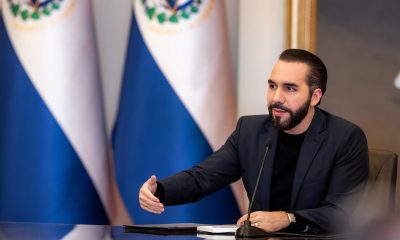
 Central America3 days ago
Central America3 days agoBukele says AI partnership with xAI will transform public education in El Salvador
-
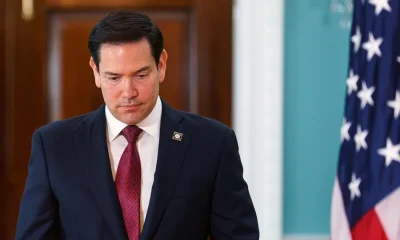
 International2 days ago
International2 days agoRubio rules out 2028 presidential bid if Vance runs
-

 Central America2 days ago
Central America2 days agoArrests and clashes in Tegucigalpa as vote count continues after Honduras election
-
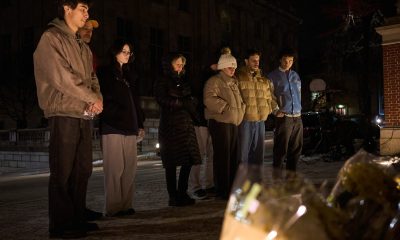
 International2 days ago
International2 days agoAuthorities search for armed and dangerous suspect in fatal Brown University attack
-

 International2 hours ago
International2 hours agoShakira’s El Salvador concerts sell out in hours, fans demand more dates
-

 International2 hours ago
International2 hours agoTrump moves to reclassify marijuana as less dangerous substance

























